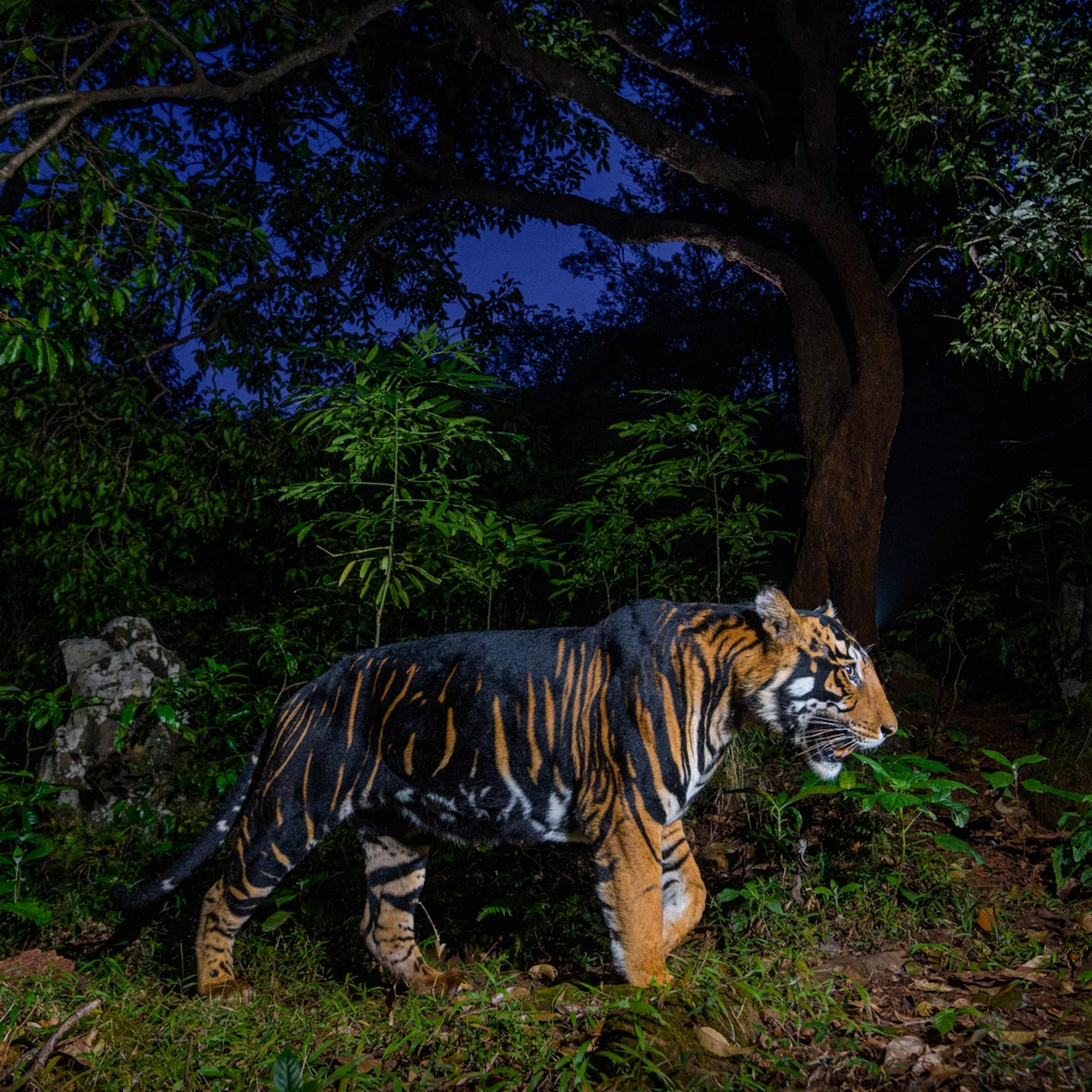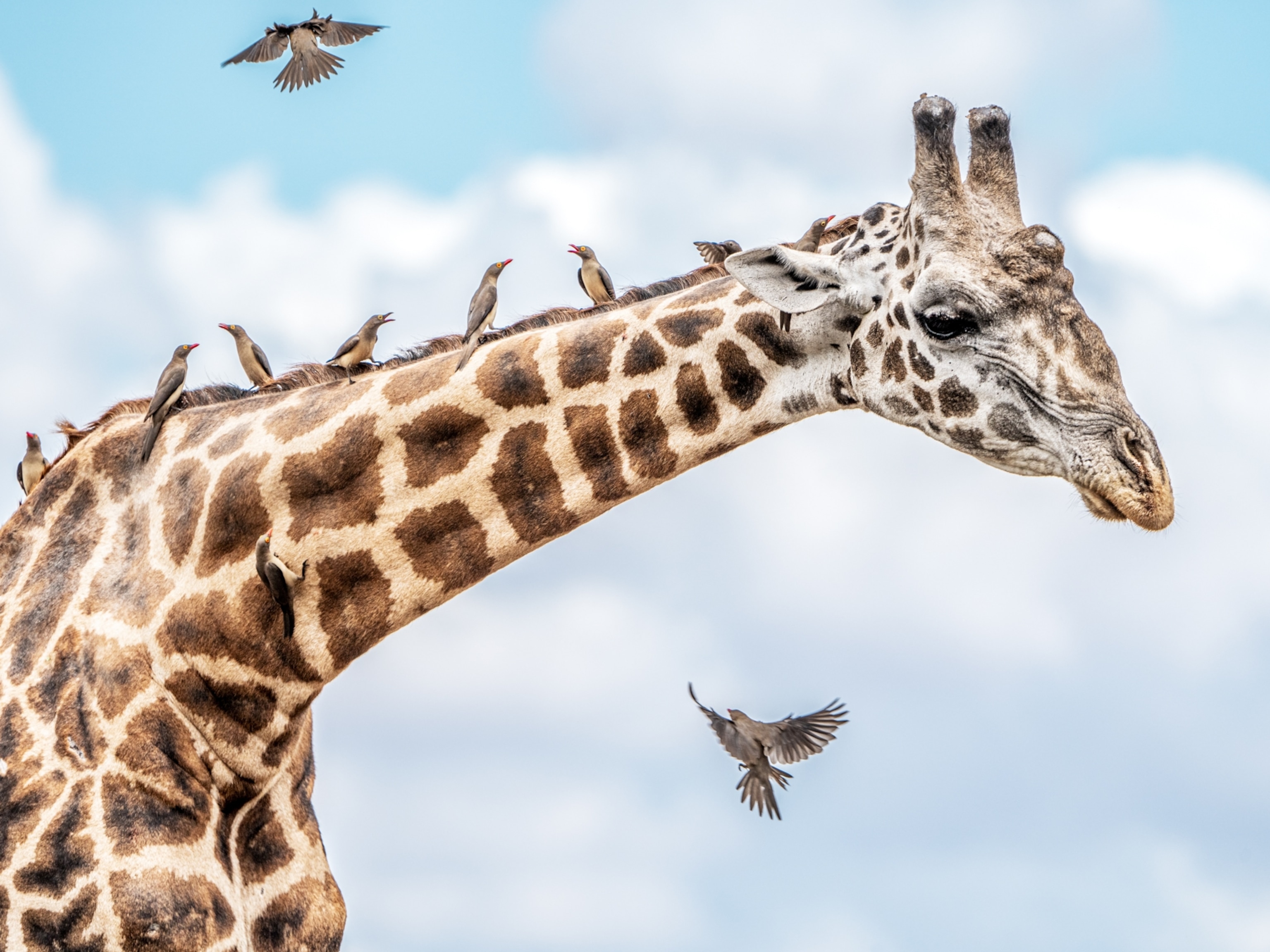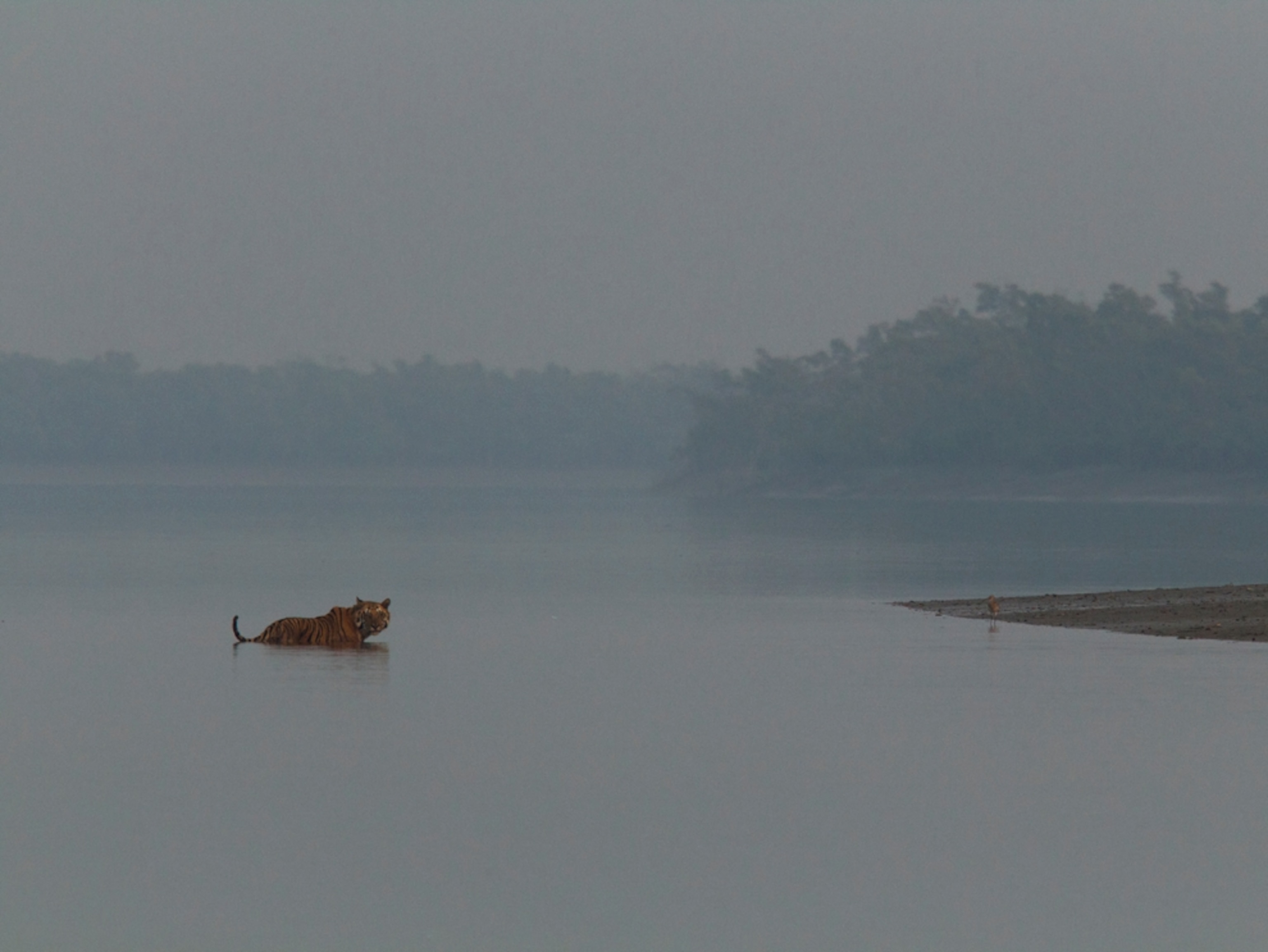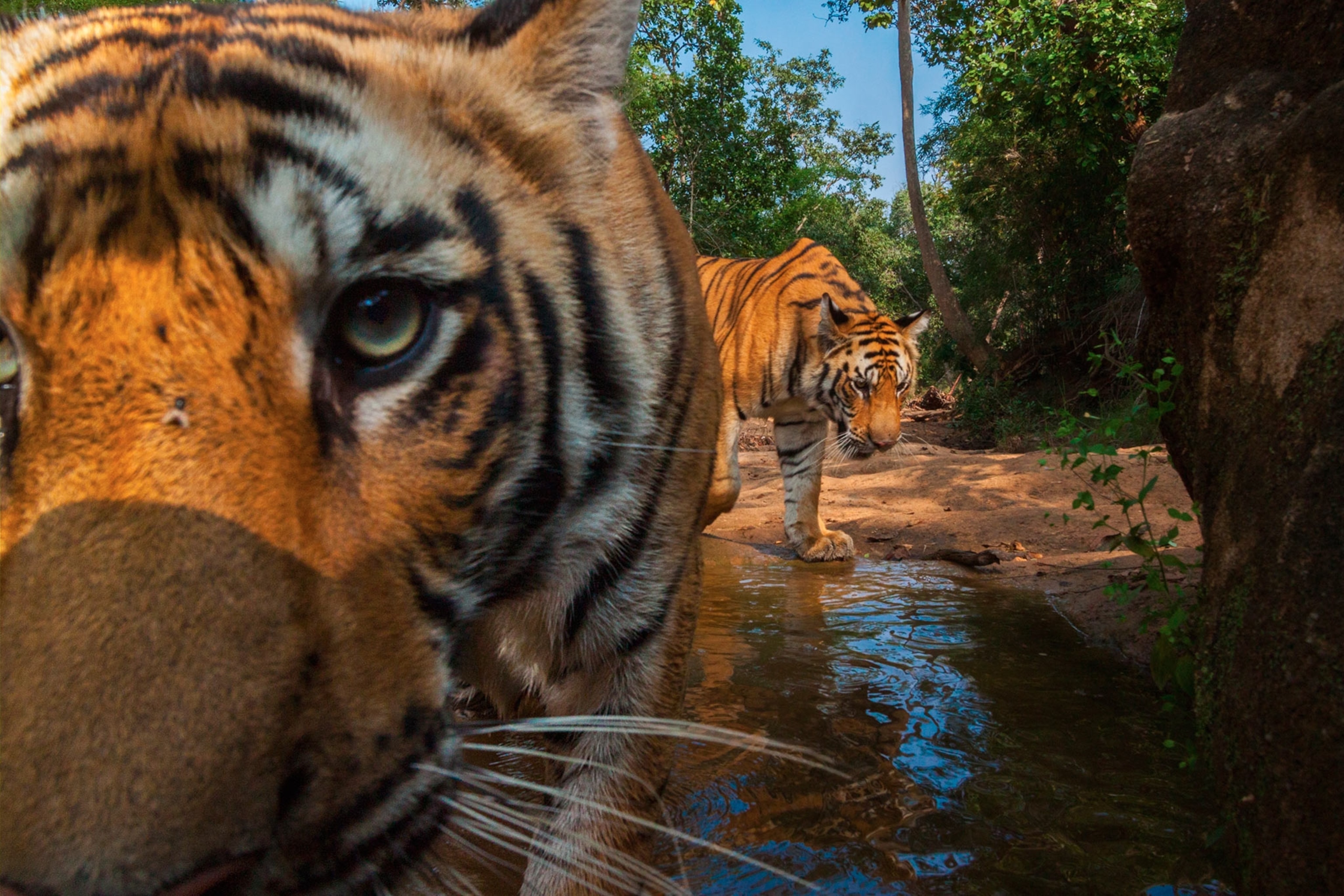
How a Photographer Captures Moments With Big Cats
Steve Winter has dedicated his career to showing us the majestic beauty of these amazing creatures.
“I didn’t choose big cats. Big cats chose me.”—Steve Winter
Steve Winter’s love affair with big cats began with a bird. He was in the mountains of Guatemala in the mid-1990s photographing the brilliantly plumed quetzal, his first natural history story for National Geographic, when he was awoken one night by a black jaguar nosing around outside his cabin door. “I was scared to death,” he recalls.
A few weeks after that nocturnal visit, he was in his blind, long lens pointed at the nest of the quetzal, when a jaguar crossed the frame, climbing up one side of the tree and down the other. Thirty minutes later, Winter got the shot of the bird he had been waiting months for. He then radioed immediately down the mountain to the naturalist he was working with and said, “I got the shot. I’m leaving tomorrow. That cat came back.”
Despite Winter’s initial trepidation, the stage was set for what would become a career dedicated to the world’s big cats, starting ironically enough with a story about jaguars, which he pitched to the magazine himself. Six stories and over a decade later, he has become a master at combining artistic vision with a version of a tool used by scientists to gather data about animals in the field—camera traps.
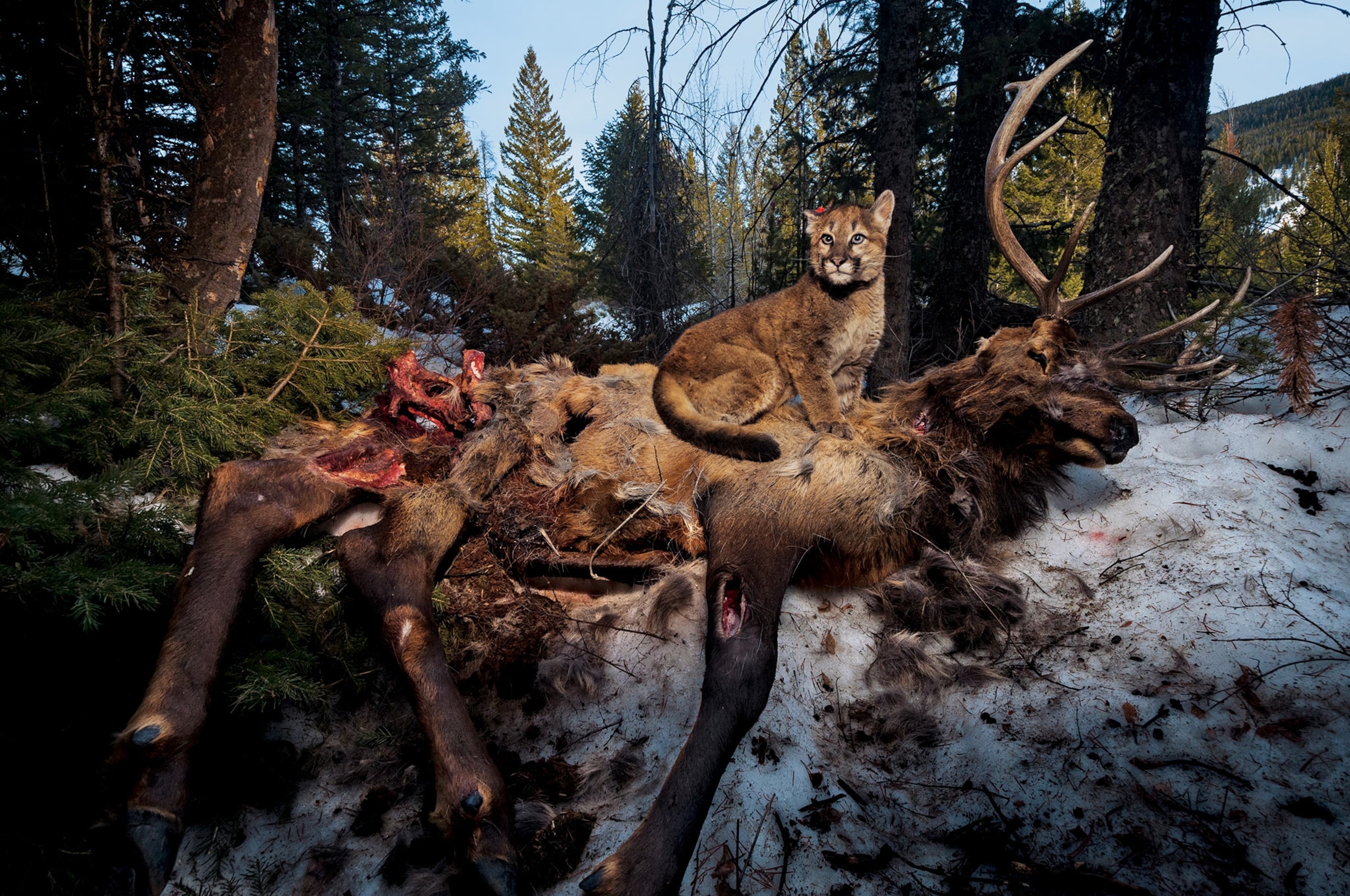
Winter’s camera traps are custom-made by National Geographic photo engineering wizard Kenji Yamaguchi. Winter meticulously arranges these remote cameras so that when a cougar, tiger, jaguar, or snow leopard crosses the infrared beam and triggers the shutter, an image is created that shows the beauty of the animal in its environment and also reveals something about its behavior.
Winter shared his thoughts about cats—and birds—with us.
ALEXA KEEFE: Why do you a photograph big cats?
STEVE WINTER: A lot of these cats live in the forest. The forests are the lungs of the world, giving us the air we breathe. We need them. If we can save big cats we can save ourselves. How can somebody here identify with a tiger halfway around the world except for the fact that they love how they look when they see them in a zoo or in a photograph? I try to find a connection to our lives.
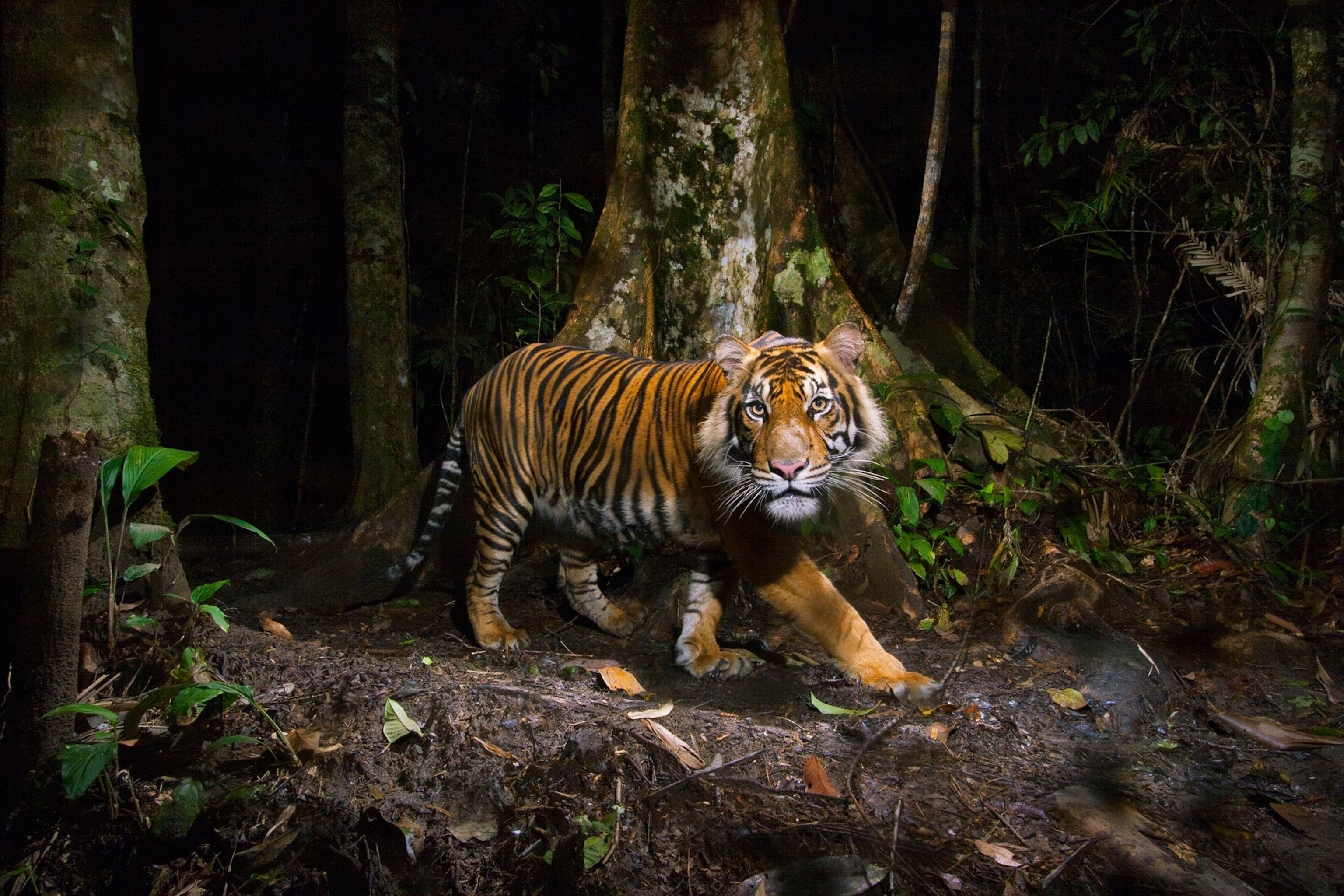
ALEXA: Do you have a favorite cat to work with?
STEVE: I always say my favorite cat is the one I’m working with now. But the tiger is such an incredible, beautiful, majestic animal. You can’t look into its eyes without being moved emotionally in some way.
ALEXA: What is the advantage of using camera traps as opposed to photographing from a blind or a Jeep, as you also sometimes do?
STEVE: Camera traps will give you something no one has ever seen before. The ideal situation for camera traps is to be at eye level. If you are in a Jeep you are still looking down on them. It takes away their power.
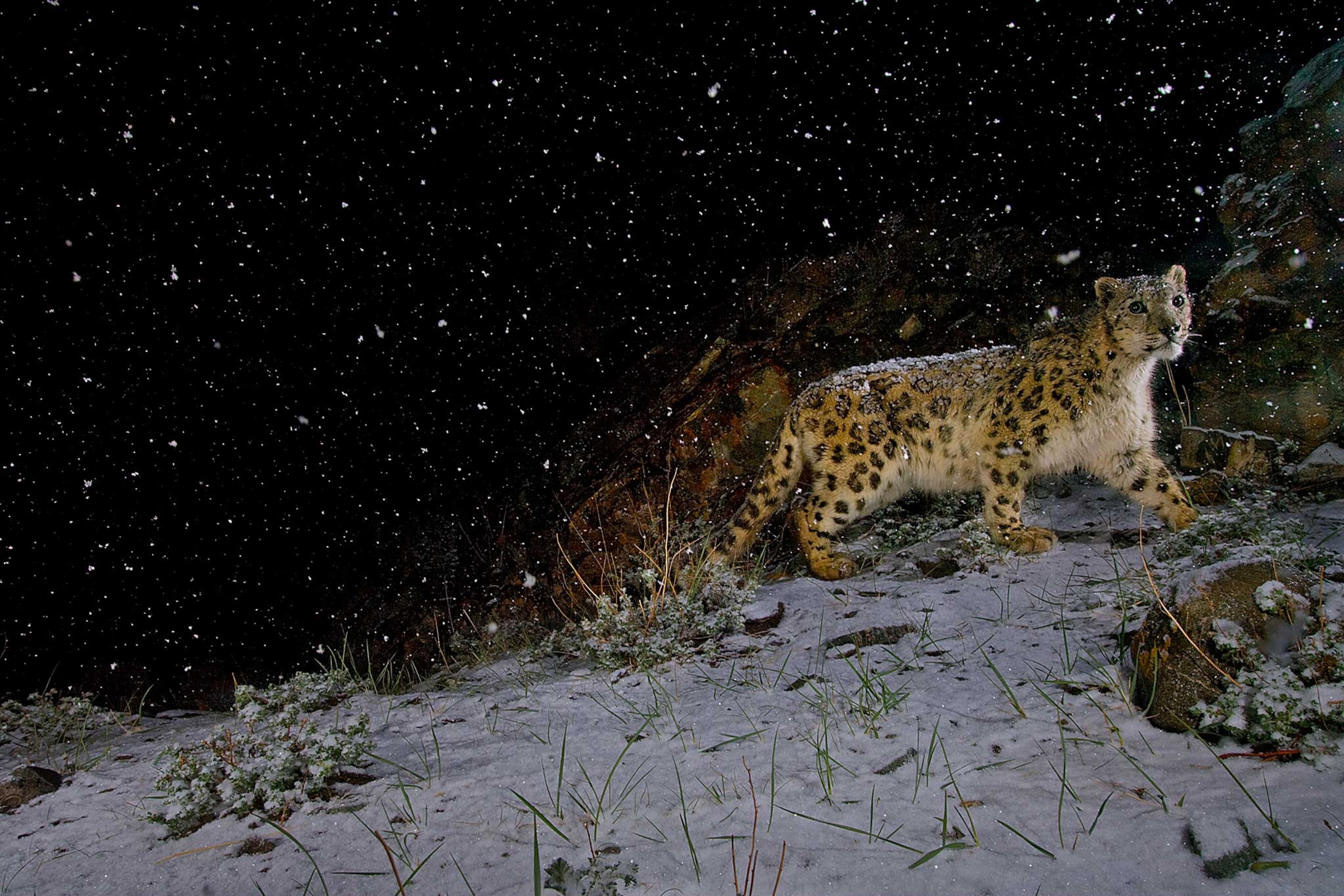
ALEXA: Walk me through your process of setting up a camera trap shoot.
STEVE: I meet the local people and/or guards, show them previous images, and ask: “If you were going to use one of these cameras, where would you use it?” They may have ideas about a trail. I will walk that trail until I find a spot that has a view of the habitat. It is very important that you find a spot where you would say, “I would shoot this photograph without the animal in it.”
Compositionally it has to work as a photograph. You start learning the habits of cats. When someone tells me what a cat’s going to do, I think the opposite. What does your house cat do? Whatever they want.
You have to have an incredible amount of patience and, ultimately, faith that [after] all those days and weeks you spend learning where the animal goes, you are going to get your shot. The only thing you see is either a blank space or the body of your assistant [who acts as a stand-in when setting up the shot]. You have to believe this is going to happen. And the belief comes from spending all that time tracking and understanding behavior. I call it “zen and the art of camera trapping.”
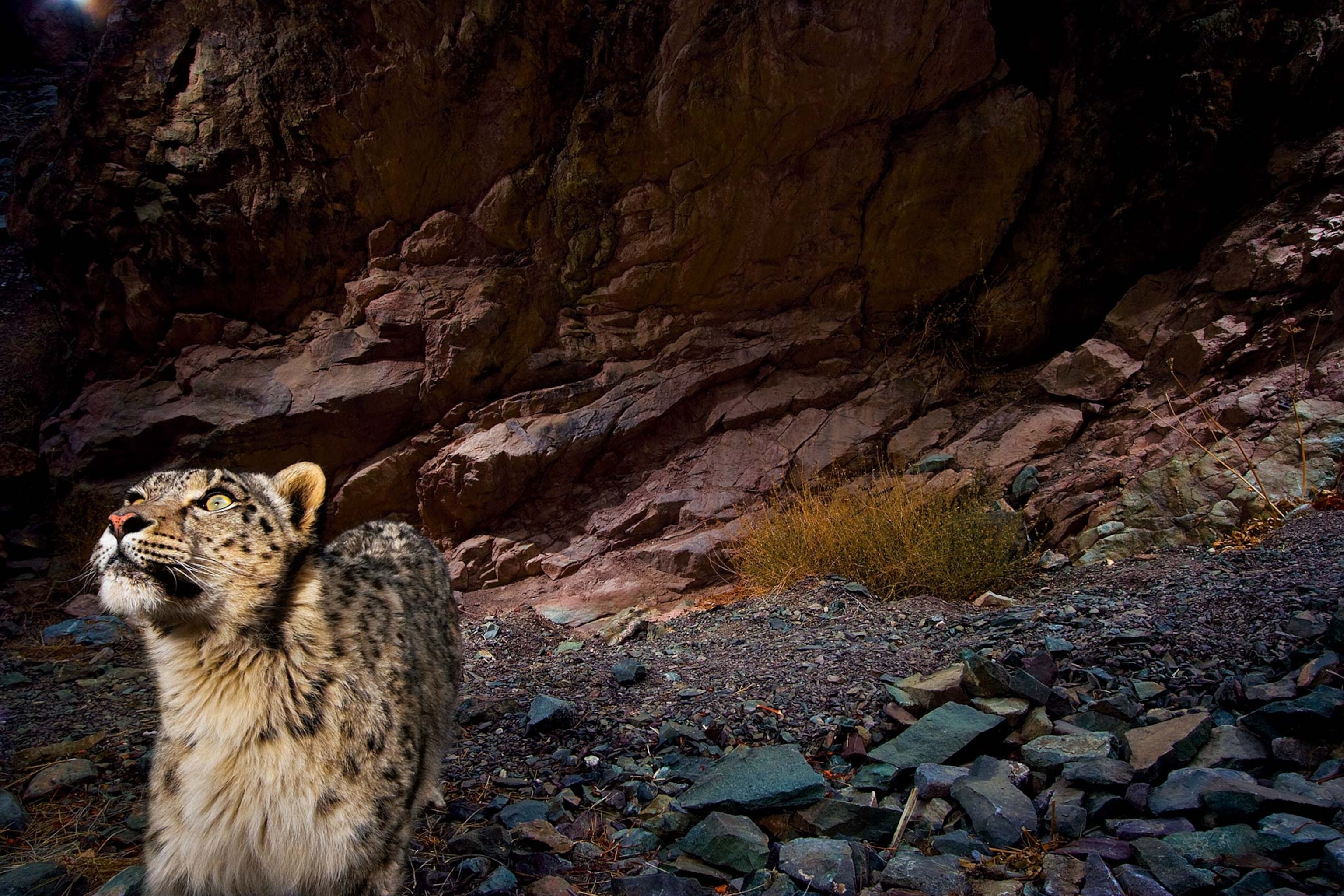
ALEXA: One of the signature elements of your photographs is the lighting, which at times is reminiscent of dioramas in a natural history museum. Tell me more about your approach.
STEVE: I use lighting to mimic the light that comes through the leaves, either during the day or night. You spend a lot of time looking at the scene, asking, How can I do this to make it look natural?
I like when people say it’s fake. I’m glad they think that because the time they’ve spent to say “It’s fake” is longer than they would have otherwise [have] spent looking at a picture of that animal.
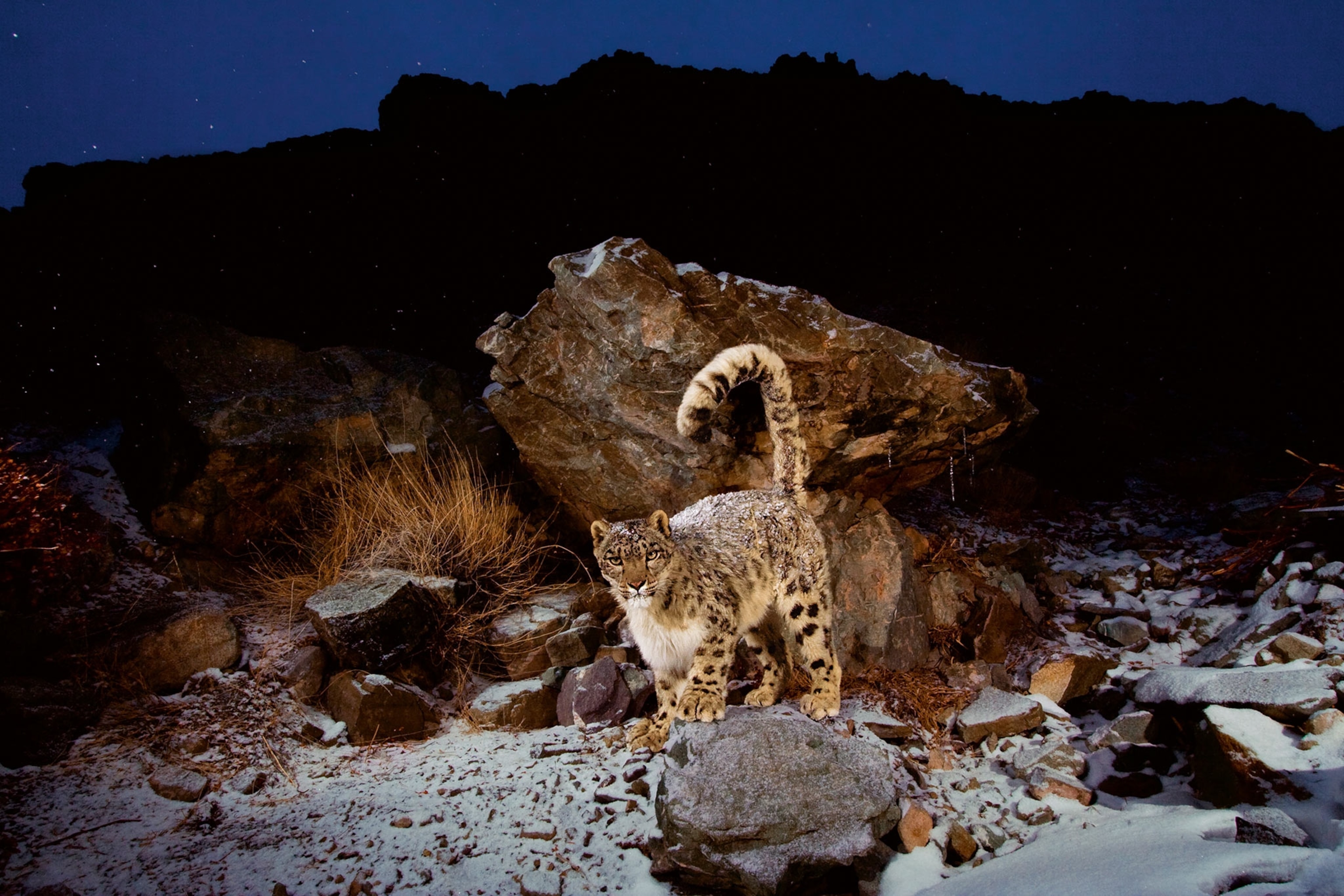
ALEXA: Before the age of digital, you had to wait until the film from the camera traps was developed to know for sure if you got any pictures. What has changed?
STEVE: The fact that you won’t go frigging crazy. You know that you got it. When I was photographing the jaguar story, there were tracks in front of the camera. We came back to film review. I knew there was a jaguar. There was nothing on the film.
Now we can see. You have this huge weight that’s been on your back and then boom, it’s gone.

ALEXA: What would your reaction be now to the jaguar that first visited you almost 20 years ago?
STEVE: If a cat came to visit me today, I would still feel a sense of fear, but I would also think of how to photograph it—out a window or some other way of showing the cat’s sense of curiosity, wondering whether I am an intruder or a guest.
ALEXA: If you were to come back as a cat in the next life, which would it be?
STEVE: A tiger because they’re the king of the jungle. If cats weren’t in the picture, a bird.
To learn more about how you can make a difference and help save big cats, please visit National Geographic’s Big Cats Initiative.
Steve Winter shares what motivates and inspires him to photograph the world’s predators in a video interview here.



